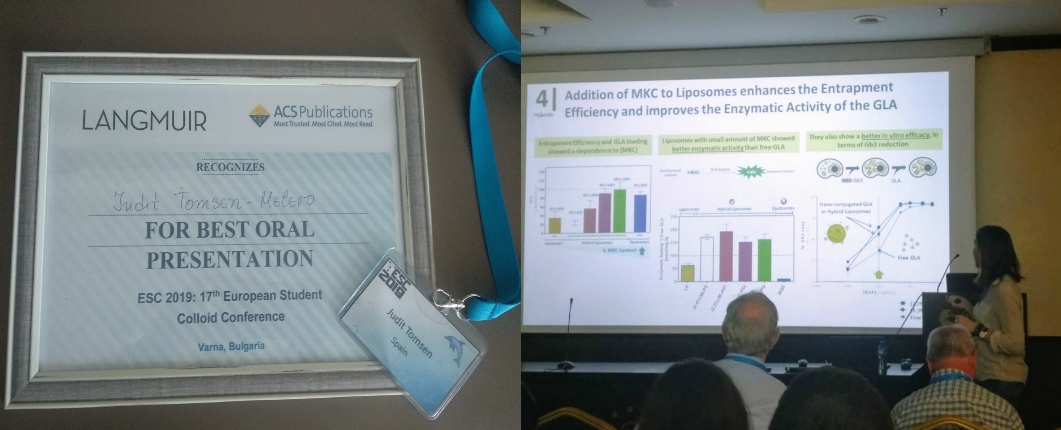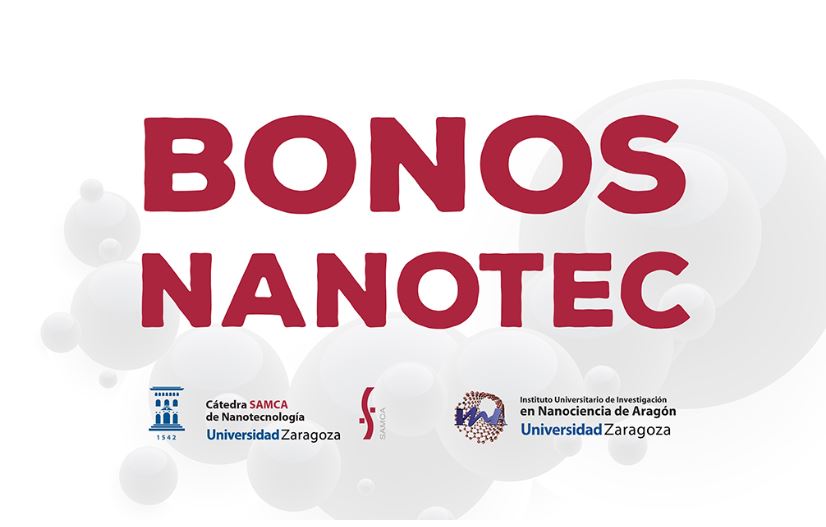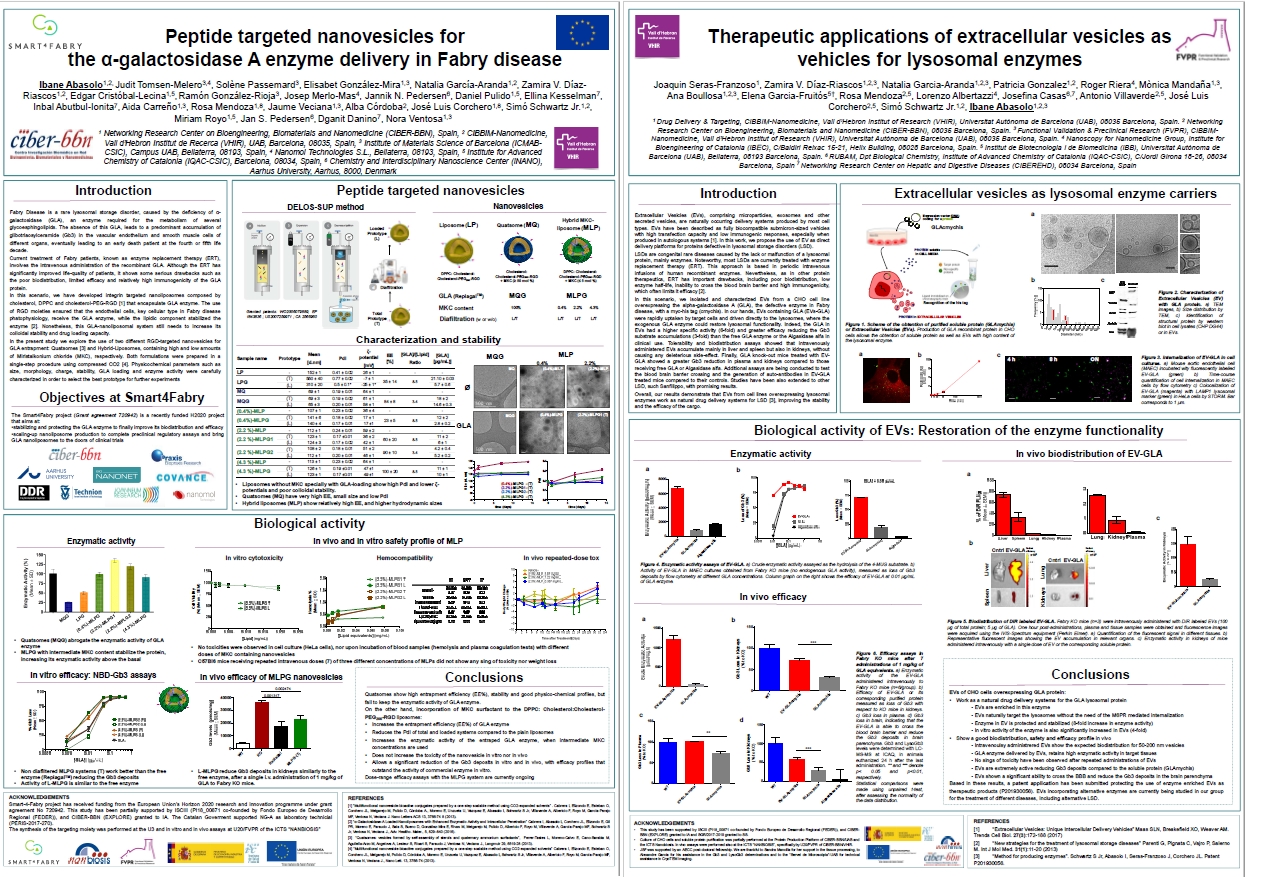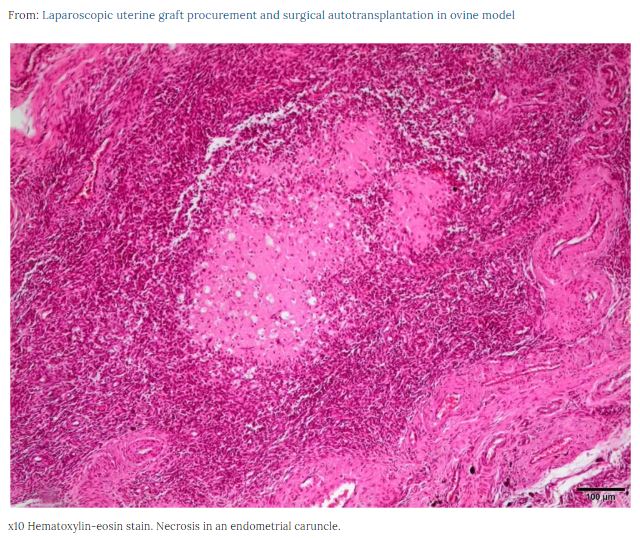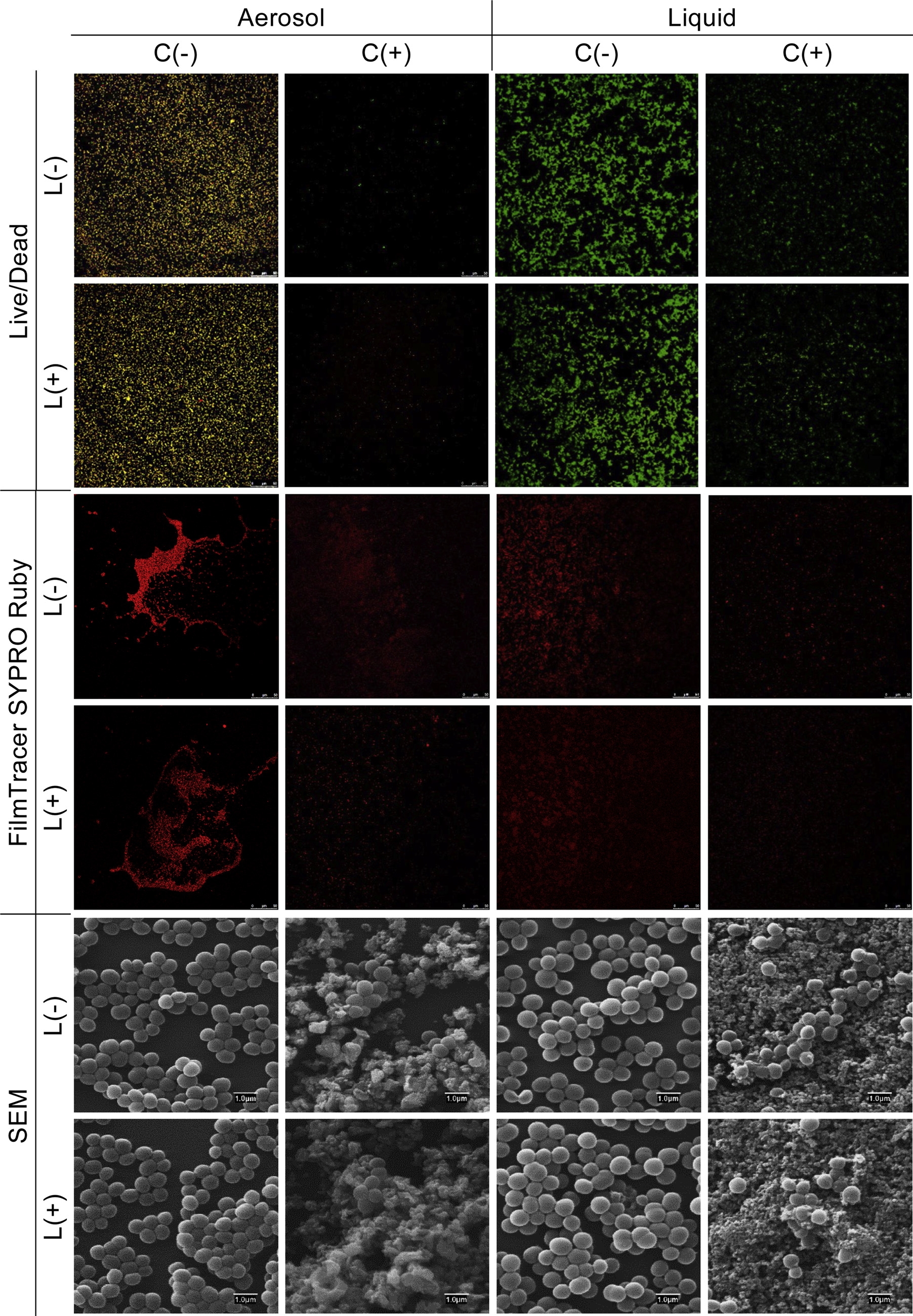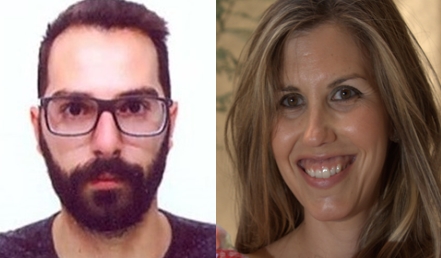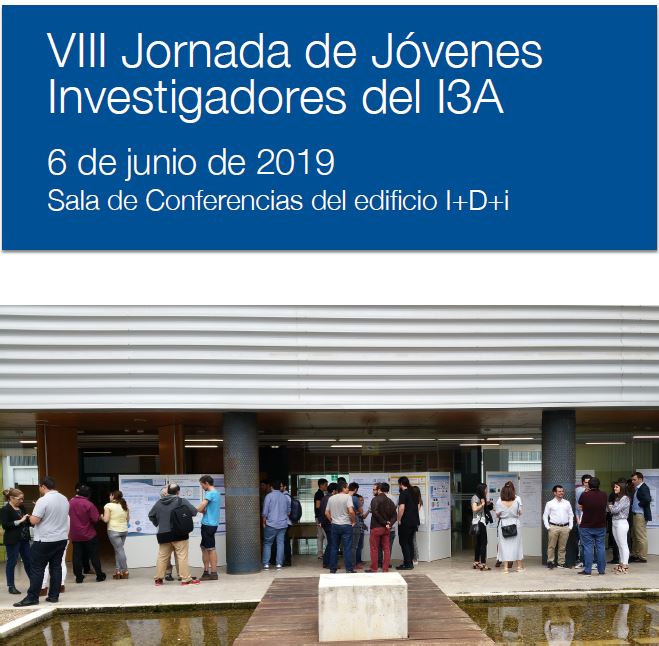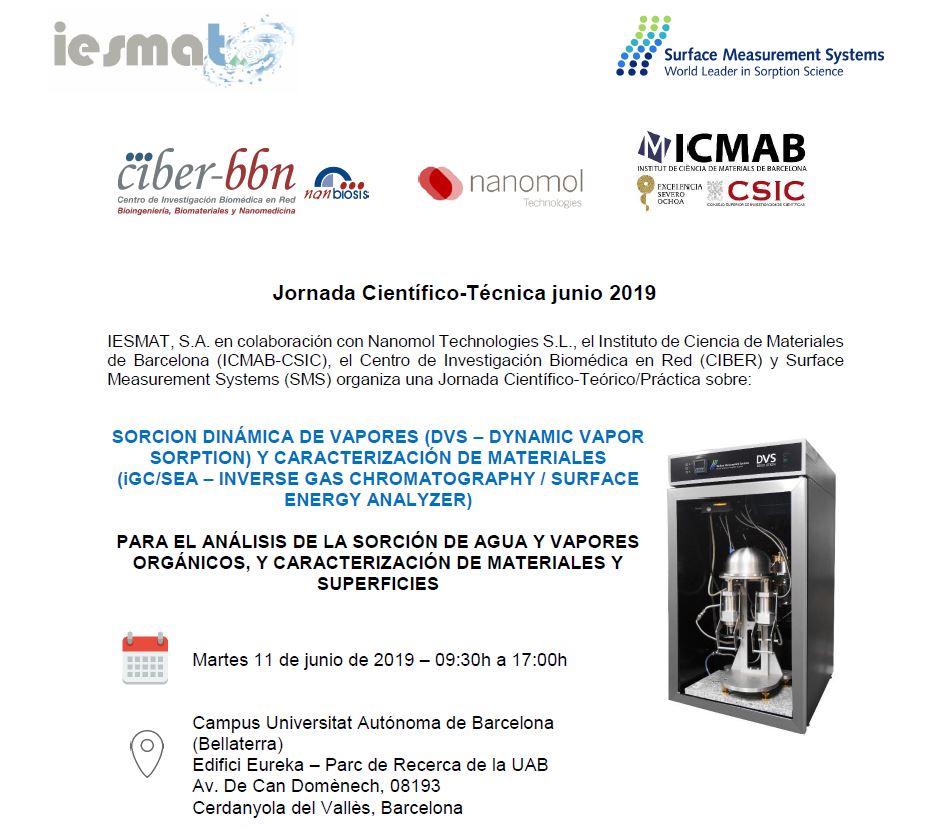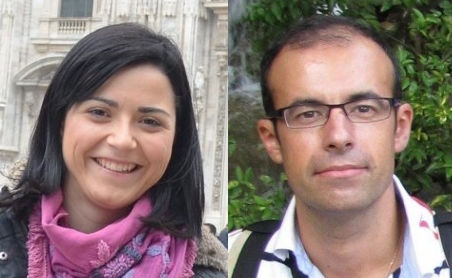Judit Tomsen: Best oral presentation at ESC 2019
Last June 18-22 at the 2019, ESC meeting, the European Students Colloid Conference, that took place in Varna, Bulgaria, Judit Tomsen, PhD fellow at the Nanomol group from CIBER-BBN and ICMAB-CSIC, was awarded with the best oral presentation.
Judit Tomsen, who carries out her work under supervision of Nora Ventosa, Scientific Director of NANBIOSIS U6 Biomaterial Processing and Nanostructuring Unit, presented her oral communication entitled “Design of peptide targeted nanovesicles for the α-galactosidase A enzyme delivery“. Her talk explained some of the smart4fabry european project results, a project coordinated by CIBER-BBN and Nora Ventosa in which participates NANBIOSIS Unit 6.
The European Colloids and Interfaces Society (ECIS) organizes biannually ESC meetings of advanced students at PhD and MSc level who are undertaking research in the area of colloid and interface science at a European University.
